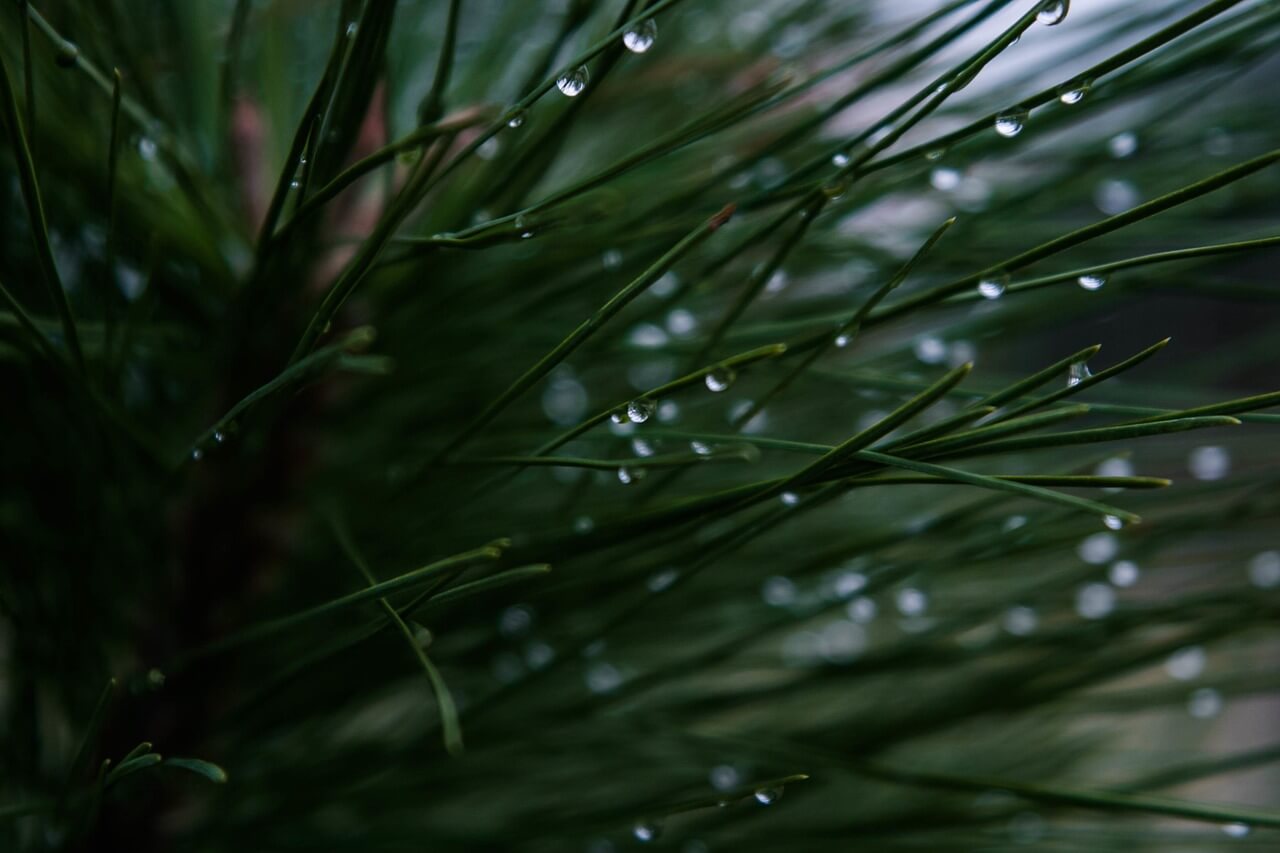Homeowners around the Colorado area may see their trees (particularly those with needles or evergreen trees) begin to brown, become partially brown and partially green, or become completely browned. While it is completely normal for these types of trees to lose needles regularly, when it happens to large portions of the tree, it is a sign of something more serious – winter desiccation damage.
What is Winter Desiccation Damage?
Essentially, this type of damage is a burning or scorching of the leaves due to climate conditions. The most prevalent time for this to happen is when the winter days give us warm sunshine, but are extremely dry with very little to no humidity in the air as well. Because the temperatures fall in the lower degrees, watering has halted, and many trees can be affected negatively. Generally this happens more with trees which were recently planted or are fairly young, as their root systems have not fully grown into the ground deep enough not to be affected. It can, however, happen with all trees, so it is important to know the warning signs. The dryness of the soil is the main culprit here – with little to no moisture available at the roots, the leaves or needles will begin to show the damage with discoloration.
How Can You Prevent Desiccation Damage?
One way to take your trees from the temperate fall months into winter is by watering well during the fall months and into early winter. This year, we experienced an unseasonably warm start to the winter, so watering should have continued for a prolonged period of time. Because we have not had much moisture, it is smart to continue watering your trees in the morning or the late afternoon to allow for absorption at the roots. Although it is important to ensure your trees and shrubs receive proper hydration, be careful of overwatering in cold weather, as ice can be treacherous in walkways and paths.
How Does One Combat Desiccation Damage?
A method of managing desiccation damage comes in the form of a spray. Anti-transpirant sprays on your plants will prevent the moisture from being expelled from the plant’s leaves in the transpiration process. This process occurs when the weather warms and water cools the plant by expelling and evaporating on the leaves. Another factor in this process is the depletion of water from the plant and root system – and it would need to be replenished. Anti-transpirant sprays, however, eliminate this function of the plant and prevent moisture from leaving. It acts as a coating over the leaves – and should only be applied when temperatures during the day are above freezing, which is luckily quite often in our Colorado climate. Not sure how to solve your tree or shrub problem? Make sure to contact the team at American Arbor Care – serving the Denver Metro Area for over 25 years. If you suspect your trees or shrubs are in the midst of withstanding desiccation damage, let us assist you in nursing them back to full health. Allow us to give you an estimate for your services, and also recommendations for future treatment to ensure your landscape is lush and healthy come spring.

